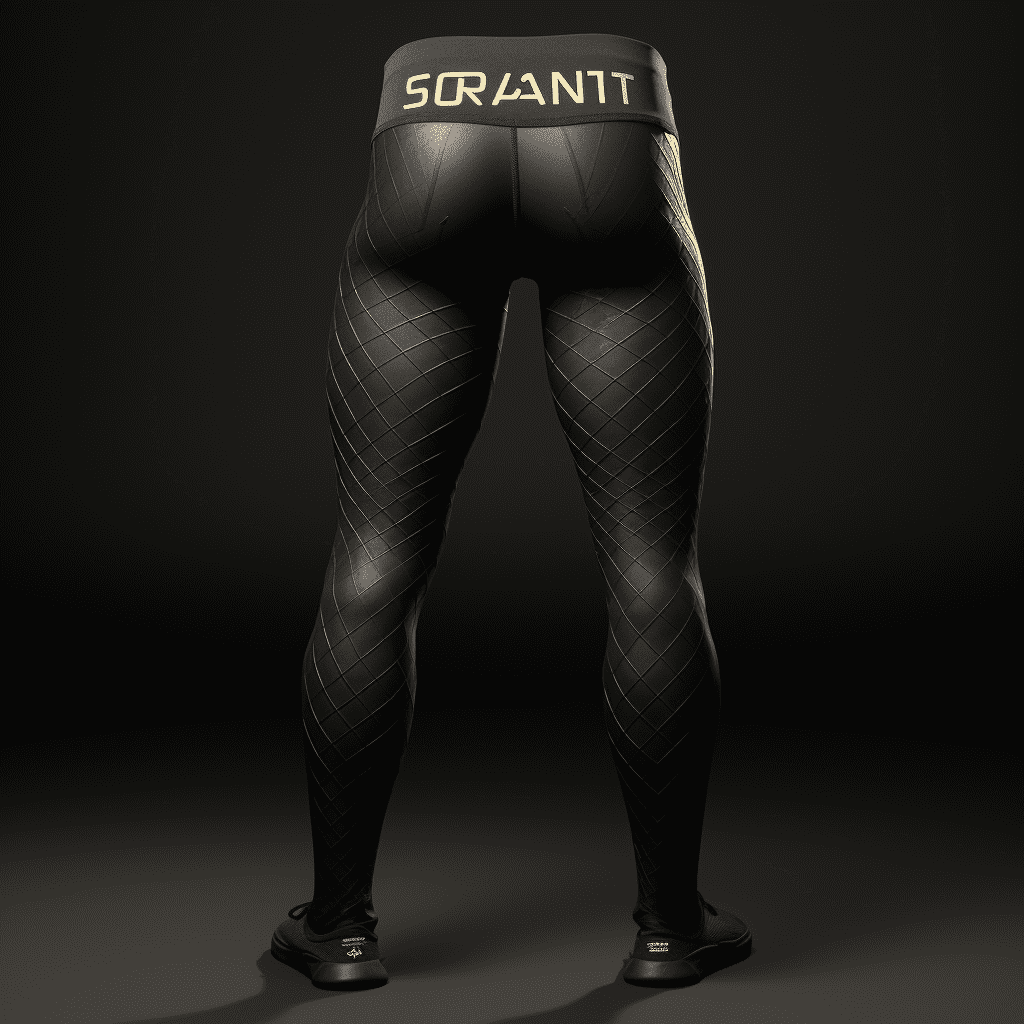Posture and Post-Workout Recovery: A Comprehensive Guide
2. The Importance of Good Posture
Good posture is more than just standing up straight. It's about maintaining the natural alignment of your body, which offers numerous benefits:
2.1. Improves Breathing
When you have good posture, your lungs can expand fully, allowing you to take deeper breaths and maximize oxygen intake. This is crucial for both everyday activities and athletic performance.
2.2. Reduces Pain and Prevents Injury
Poor posture puts unnecessary stress on your joints and muscles, leading to pain and increasing your risk of injuries. Maintaining good alignment distributes weight evenly, reducing strain and preventing discomfort.
2.3. Enhances Athletic Performance
Good posture allows for efficient movement and power generation. It optimizes your body mechanics, allowing you to move with greater fluidity and strength.
2.4. Boosts Confidence and Well-being
Good posture projects confidence and self-assurance. It also improves circulation and blood flow, which can positively impact your mood and overall well-being.
3. Post-Workout Recovery and Its Impact on Posture
Post-workout recovery plays a crucial role in maintaining good posture. Intense exercise can fatigue your muscles, leading to poor form and increasing the risk of injury.
3.1. Fatigue Can Affect Posture
When your muscles are fatigued, they become less effective at stabilizing your joints and maintaining proper alignment. This can lead to slouching, rounded shoulders, and other postural imbalances.
3.2. Proper Stretching and Hydration
Stretching after your workout helps to lengthen and relax your muscles, improving flexibility and reducing the risk of tightness that can contribute to poor posture. Additionally, staying hydrated ensures proper muscle function and reduces fatigue.
3.3. Postural Strategies During Rest and Recovery
Even during rest and recovery, it's important to be mindful of your posture. Avoid slouching on the couch or hunching over your phone. Instead, sit up straight with your shoulders back and your core engaged.
3.4. The Importance of Sleep
Adequate sleep is essential for muscle recovery and overall health. When you're well-rested, your muscles are better able to repair and rebuild, reducing fatigue and improving your ability to maintain good posture.
6. Ergonomic Tips for Post-Workout Recovery
Maintaining good posture is crucial even during post-workout recovery. Here are some ergonomic tips to help you stay comfortable and aligned:
6.1. Maintaining Good Posture While Sitting
When sitting, ensure your back is straight and supported by your chair, with your feet flat on the floor. Avoid slouching or hunching over, as this can strain your back and neck.
6.2. Adjusting Desk Height for Optimal Comfort
If you work at a desk, adjust the height so that your elbows are bent at a 90-degree angle and your wrists are straight. This will help reduce strain on your shoulders and hands.
6.3. Using Ergonomic Tools and Devices
Consider using ergonomic tools such as a keyboard with a wrist rest, a mouse with a comfortable grip, and a laptop stand to elevate your screen. These tools can help reduce the risk of repetitive strain injuries.
6.4. Incorporating Movement Breaks
Sitting for extended periods can be detrimental to your posture. Make sure to take frequent breaks to stand up, stretch, and move around. This will help keep your muscles active and prevent stiffness.
7. Exercise Modifications for Postural Correction
Some exercises can exacerbate poor posture if not performed correctly. Here's how to modify exercises for proper alignment:
7.1. Identifying Movements that Exacerbate Poor Posture
Be aware of movements that cause you to slouch, hunch, or round your shoulders. These movements can put undue stress on your joints and muscles.
7.2. Modifying Exercises for Proper Alignment
Focus on maintaining a neutral spine and proper alignment throughout the exercise. This may require adjusting the weight, using different equipment, or modifying the range of motion. For example, instead of doing full push-ups, consider doing modified push-ups on your knees or against a wall.
7.3. Strengthening Core and Stabilizing Muscles
A strong core is essential for maintaining good posture. Incorporate exercises that strengthen your abdominal muscles, back muscles, and glutes. This will help you maintain proper alignment and prevent injuries.
7.4. Seeking Guidance from a Qualified Professional
If you're unsure about proper exercise form or how to modify exercises for your posture, consult a qualified fitness professional. They can provide guidance and ensure you're exercising safely and effectively.
8. Benefits of Good Posture for Athletes
Good posture is essential for athletes of all levels, as it:
- Improves performance: Proper alignment allows for more efficient movement and power generation, leading to improved athletic performance.
- Reduces risk of injury: Maintaining good posture reduces strain on joints and muscles, lowering the risk of injuries.
- Enhances recovery: Good posture facilitates proper blood flow and muscle recovery, aiding in post-workout healing.
- Boosts confidence: Good posture projects confidence and can positively impact an athlete's mental game.
9. Tips for Maintaining Good Posture Throughout the Day
Here are some additional tips to help you maintain good posture throughout the day:
- Be mindful of your posture: Pay attention to how you're sitting, standing, and moving throughout the day.
- Stretch regularly: Stretching helps to lengthen and relax your muscles, improving flexibility and reducing tightness.
- Strengthen your core: A strong core is essential for maintaining good posture.
- Use ergonomic tools: Ergonomic tools can help reduce strain on your body.
- Take breaks: Get up and move around every 30 minutes to prevent stiffness and improve circulation.
- Pay attention to your sleep posture: Sleep on your back or side with a pillow that supports your neck.
10. Conclusion
Maintaining good posture is crucial for overall health, performance, and well-being. By understanding the importance of posture, implementing post-workout recovery strategies, and incorporating ergonomic tips into your daily routine, you can improve your posture and reap its numerous benefits.
FAQ
Q: What are the most common postural problems?
A: The most common postural problems include rounded shoulders, forward head posture, lower back pain, tight hamstrings, and hip flexor tightness.
Q: How can I improve my posture?
A: You can improve your posture by being mindful of your alignment, stretching regularly, strengthening your core, using ergonomic tools, taking breaks, and paying attention to your sleep posture.
Q: What are some exercises that help improve posture?
A: Exercises that help improve posture include chest and shoulder openers, back stretches, hip flexor release exercises, and glute activation exercises.
Q: Is it important to maintain good posture even when I'm not exercising?
A: Yes, maintaining good posture is important even when you're not exercising. Poor posture can lead to pain, fatigue, and injuries.

